History of the Collaboration
The NA61/SHINE history starts in 2003...
The need for a two dimensional scan in collision energy and size of colliding nuclei at the CERN SPS were formulated (see here) by Marek Gazdzicki at the NA49 Collaboration meeting in March 2003. The idea was based on the results from the NA49 energy scan with Pb+Pb collisions. They indicate that the onset of deconfinement takes place at the low SPS energies. The proposal for the new measurements was strongly supported by the NA49 spokesperson Peter Seyboth (Munich).
At the Research Board on June 5, 2003 prof. Agnieszka Zalewska commented that the detailed study of the low-energy region would be difficult at RHIC, and she encouraged the preparation of ideas for further study of Heavy Ions at CERN beyond 2005. The sketch of the corresponding Letter of Intent was presented by Marek Gaździcki at the NA49 Collaboration meeting in October 2003.
Also at this meeting Markus Roth (Karlsruhe) summarized discussions with Ralph Engel (Karlsruhe) on needs for measurements for cosmic ray physics (see here). This marks the start of the NA61/SHINE cosmic ray programme.
The Expression of Interest titled "A New Experimental Programme with Nuclei and Proton Beams at the CERN SPS" was submitted to the SPSC on November 21, 2003. This document, in addition to the collision energy - system size scan includes other physics goals, in particular measurements of hadron production at high transverse momenta initiated by the Budapest group led by George Vesztergombi.
The preparation of the Letter of Intent took two years. It was submitted to the SPSC on January 9, 2006. The physics goals include for the first time measurements for neutrino physics, namely the T2K experiment at J-PARC proposed by Jaap Panman (CERN). This programme was later led and developed by Alain Blondel (Geneva).
A five day-long test run took place in August 2006 (see the report).
It demonstrated that the performence of the Time Projection Chambers inherited from NA49 shows no degradation since their construction in 1994. It was succesful thanks to Zoltan Fodor (Budapest), Wojtek Dominik (Warsaw) and Rainer Renfordt (Frankfurt).
Finally, the Proposal of the NA49-future Collaboration to study hadron production in hadron - proton interactions and nucleus - nucleus collisions at the Cern-SPS was submitted to the SPSC on November 3, 2006.
The proposed new programme was strongly supported by the community:
Prof. E. Wilczek's mail to M. Gazdzicki
Prof. J. Blummer and Prof. A. Haungs letter to Prof. J. Engelen (Director of Research, CERN)
Prof. E. Shurjak's letter to SPS Committee
Prof. K. Rajagopol and Prof. M. Stephanov letter to SPS Committee
When quarks and gluons become free, Cern Courier, Sept. 5, 2004.
The new experiment, NA61/SHINE, was approved by the CERN Research Board on February 21, 2007. The Memorandum of Understanding was published in Ocober 2008.
